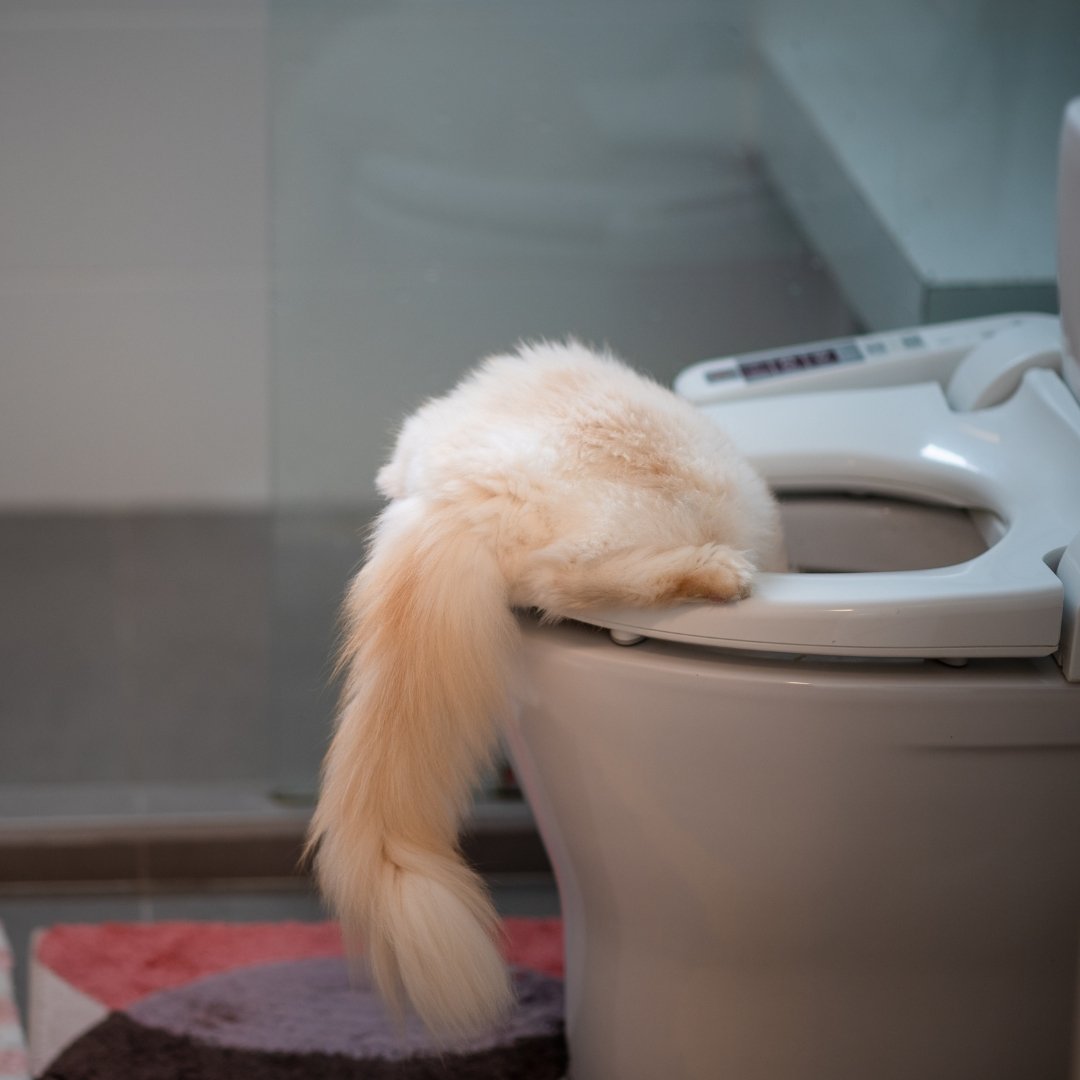Why Flushing Cat Poop Down Your Toilet Can Cause Problems - Tips for Safe Disposal
Visit My Web PageThe writer is making a few great pointers regarding How to Dispose of Cat Poop and Litter Without Plastic Bags as a whole in the content which follows.

Introduction
As cat proprietors, it's vital to be mindful of just how we throw away our feline pals' waste. While it might seem practical to purge feline poop down the bathroom, this method can have damaging repercussions for both the environment and human health.
Alternatives to Flushing
The good news is, there are more secure and much more responsible means to throw away feline poop. Think about the adhering to choices:
1. Scoop and Dispose in Trash
The most common method of dealing with cat poop is to scoop it into a naturally degradable bag and toss it in the trash. Be sure to use a devoted trash scoop and get rid of the waste quickly.
2. Usage Biodegradable Litter
Select naturally degradable pet cat trash made from products such as corn or wheat. These trashes are environmentally friendly and can be safely gotten rid of in the garbage.
3. Hide in the Yard
If you have a backyard, take into consideration hiding pet cat waste in a marked location far from vegetable yards and water sources. Be sure to dig deep enough to stop contamination of groundwater.
4. Install a Pet Waste Disposal System
Invest in an animal waste disposal system especially created for feline waste. These systems use enzymes to break down the waste, lowering smell and environmental effect.
Health and wellness Risks
In addition to ecological issues, purging cat waste can additionally position wellness risks to people. Cat feces might include Toxoplasma gondii, a parasite that can cause toxoplasmosis-- a possibly serious ailment, especially for expectant females and individuals with weakened body immune systems.
Ecological Impact
Flushing cat poop introduces unsafe pathogens and parasites into the water system, posturing a considerable threat to marine ecosystems. These contaminants can negatively impact aquatic life and compromise water top quality.
Conclusion
Responsible animal ownership prolongs beyond providing food and shelter-- it likewise includes proper waste monitoring. By refraining from purging cat poop down the commode and selecting alternate disposal approaches, we can reduce our environmental footprint and safeguard human health and wellness.
Why Can’t I Flush Cat Poop?
It Spreads a Parasite
Cats are frequently infected with a parasite called toxoplasma gondii. The parasite causes an infection called toxoplasmosis. It is usually harmless to cats. The parasite only uses cat poop as a host for its eggs. Otherwise, the cat’s immune system usually keeps the infection at low enough levels to maintain its own health. But it does not stop the develop of eggs. These eggs are tiny and surprisingly tough. They may survive for a year before they begin to grow. But that’s the problem.
Our wastewater system is not designed to deal with toxoplasmosis eggs. Instead, most eggs will flush from your toilet into sewers and wastewater management plants. After the sewage is treated for many other harmful things in it, it is typically released into local rivers, lakes, or oceans. Here, the toxoplasmosis eggs can find new hosts, including starfish, crabs, otters, and many other wildlife. For many, this is a significant risk to their health. Toxoplasmosis can also end up infecting water sources that are important for agriculture, which means our deer, pigs, and sheep can get infected too.
Is There Risk to Humans?
There can be a risk to human life from flushing cat poop down the toilet. If you do so, the parasites from your cat’s poop can end up in shellfish, game animals, or livestock. If this meat is then served raw or undercooked, the people who eat it can get sick.
In fact, according to the CDC, 40 million people in the United States are infected with toxoplasma gondii. They get it from exposure to infected seafood, or from some kind of cat poop contamination, like drinking from a stream that is contaminated or touching anything that has come into contact with cat poop. That includes just cleaning a cat litter box.
Most people who get infected with these parasites will not develop any symptoms. However, for pregnant women or for those with compromised immune systems, the parasite can cause severe health problems.
How to Handle Cat Poop
The best way to handle cat poop is actually to clean the box more often. The eggs that the parasite sheds will not become active until one to five days after the cat poops. That means that if you clean daily, you’re much less likely to come into direct contact with infectious eggs.
That said, always dispose of cat poop in the garbage and not down the toilet. Wash your hands before and after you clean the litter box, and bring the bag of poop right outside to your garbage bins.
https://trenchlesssolutionsusa.com/why-cant-i-flush-cat-poop/

Do you like reading about Don’t flush cat feces down the toilet? Try leaving feedback directly below. We will be delighted to find out your views about this posting. Hoping that you visit us again before long. Do you know about anybody else who is truly interested in Can You Flush Cat Poop Down The Toilet?? Take a moment to promote it. Thank-you for taking the time to read it.
Booking